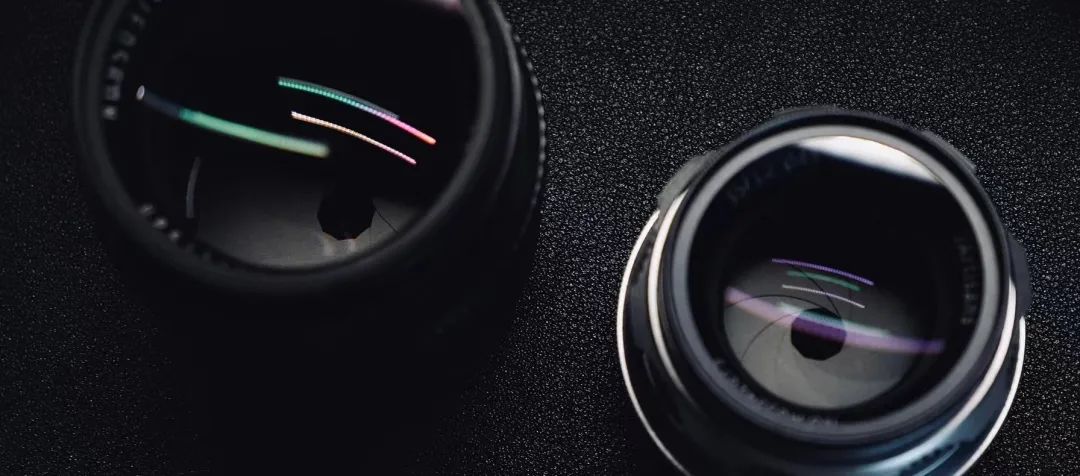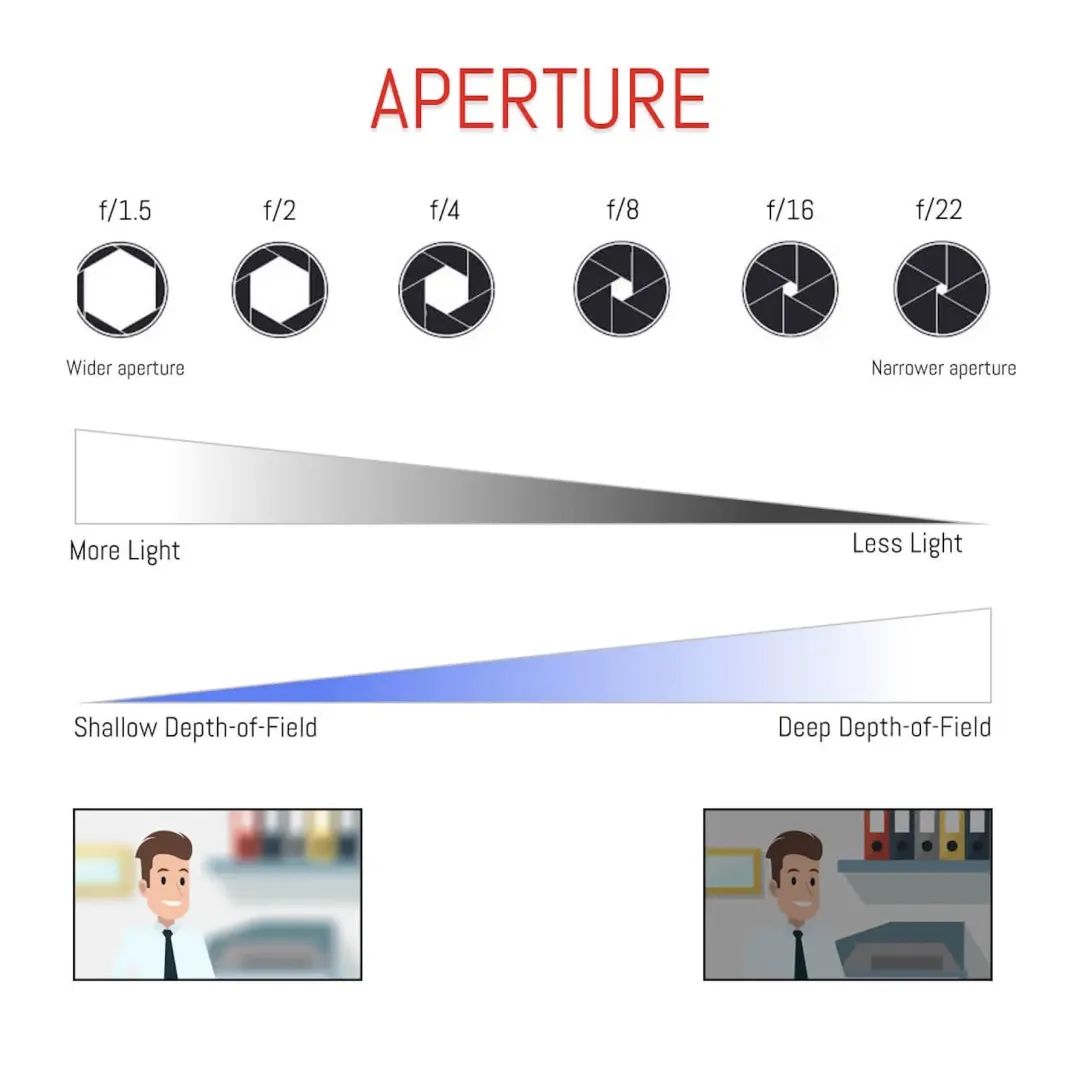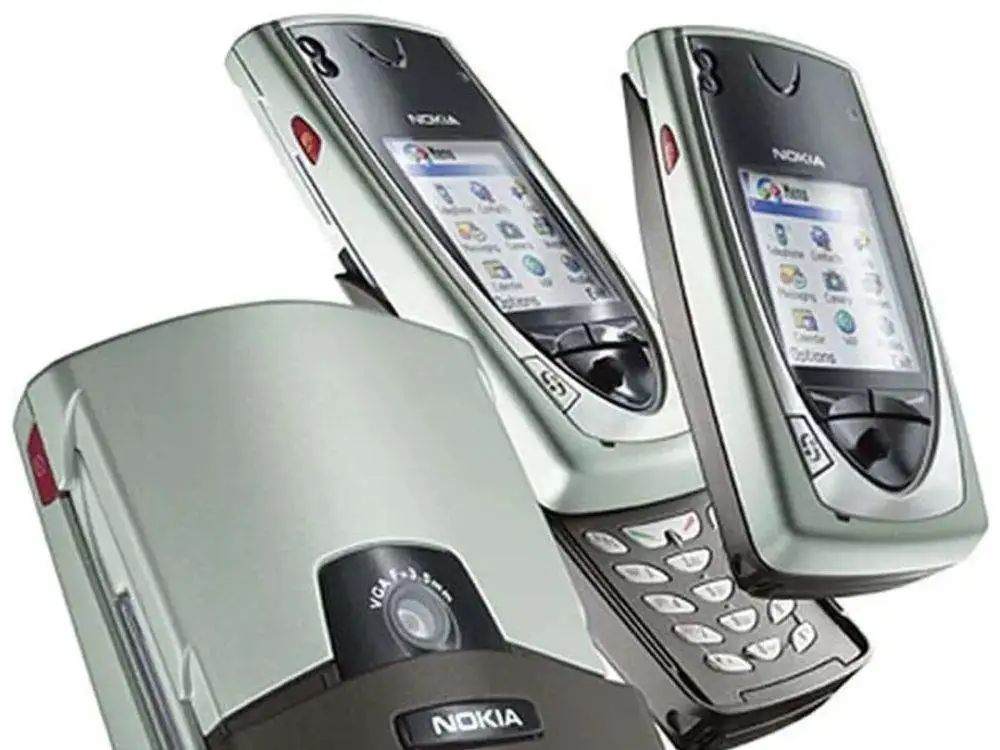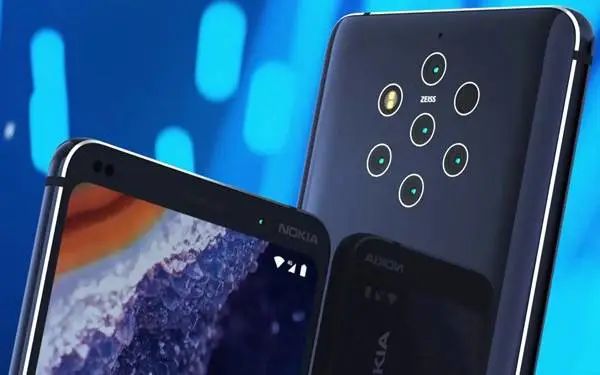Is the mobile phone really more and more like a camera?
Author:Shell net Time:2022.09.07
The latest "inner roll" of the mobile phone industry still occurs on the camera lens. On the Mate 50 series mobile phones released by Huawei, a technology called "ultra -light change camera" has become an important selling point. At the scene, the official said that the mobile phone lens used physical aperture and supported ten files to be adjusted, becoming the first in the industry.
Aperture, this may be the first professional noun that many people hear when they are in contact with photography. It controls the amount of light and affects the size of the scene. It is one of the "three elements of photography". A "old bird" must be proficient in the adjustment of the aperture (for example, the light is strong during the day, and the aperture must be reduced. The light at night is dull and the aperture must be turned on.), And cooperate with the other two "elements" -shutter and ISO to perform it for pero to perform The proper choice combination to take the photos of your favorite.

The lens 丨 picture is from Weibo@Colin
Due to the precious space, most of the smartphone lenses are fixed aperture. The mature solution is to simulate the adjustable effect through the algorithm in the machine. However, there are also people who eat crabs. The earliest physical variable aperture mobile phones appeared in 2009. At that time, the mobile phone giant Nokia, such as the sun, released the N86 series mobile phone. Adjust gear (F2.4, F3.2, F4.8). Later, Samsung also released the Galaxy S9 series equipped with variable aperture technology.

The relationship between aperture and light and depth of field
However, due to the volume of the mobile phone camera module, the mobile phone lens needs to balance the optical design and mechanical structure. Before Huawei launched the "ultra -optical camera", the two mobile phones of Nokia and Samsung were variable aperture. The playability is not high.
Many comments believe that the "ten -gear adjustable technology" released by Huawei has injected fresh vitality into the mobile phone market that enters the "bottleneck period". However, for ordinary consumers, they once again "passively" accept a professional term. Just like in the past few years, even people who have a cold sense of smart hardware can be a marketing term such as "ultra -wide -angle, large aperture, millions of pixels, and AI beauty". Understand their true meaning.
Behind these professional names is the "inner volume history" for 20 years of mobile phone photography.
Phone Photography Inner Volume History
The era of stacking pixels
Do you remember your first one to take pictures? This is a strange question for most young people now: Which mobile phone can I take pictures?
Indeed, to go back to the appropriate context of this problem, the time must be dialed more, it is a memories of the post -70s and 80s -Nokia 7650.
This mobile phone released 20 years ago has improved on the pixels of the pixel, which is more than doubled than the world's first mobile phone Sharp J-SH04 released in the world in 2000, reaching 300,000 "amazing". Therefore, its starting price of 5,000 yuan is also amazing, and you can buy a toilet in Beijing (at the time) in Beijing.
"People don't know what they want, until you put it in front of them." "The mobile phone that can take pictures quickly detonated the needs of the public, and saw that the market was ready to go. Other manufacturers also followed them. The shooting function of mobile phones. Nokia 7650 is also regarded as an important milestone in the era of mobile phone shooting. It is regarded as a "modern exhibits" and collected in the Lishui Photography Museum in China.

Nokia 7650 丨 Picture from the Internet
New mobile phones with stronger camera function have sprung up like a rain. In 2003, Sharp launched the first mobile phone J-SH53, which is equipped with a million pixel lens in history. 5 months later, Casio released the world's first 2 million pixel A5403CA. Openness:
In 2004, Casio launched the first photo mobile phone with 3 million pixels, Casio A5406CA. Samsung appeared on the stage in early 2005 and released a rotating display screen and a 3.15 million pixel camera P850. At the end of the year, the N80 released by Nokia also reached 3.15 million pixels. The war came to 5 million pixels, Samsung launched the M509; Nokia N95 reached the standard; Sony Ericsson K850 and LG KU990 Viewty also followed up quickly.
Since then, competition seems to have become a rolling "digital game", 7 million, 8 million, 10 million ... By the first ten years of the new century, mainstream mobile phone manufacturers have raised the door to 12 million pixels.
In order to achieve higher pixels, the mobile phone design is sacrificed: the deformed appearance, the heavy body, the huge lens, and the tedious control buttons gradually make the phone a "suture monster".

Samsung SCH-B600 丨 Picture from the Internet
We cannot recognize the progress brought about by pixel improvement to the quality of mobile phones, but simple and rudely stacking has become increasingly unable to bring consumers a poor perception. No more convenient to take pictures?
The era of smart machines of comprehensive inner rolls
Pixel stacking temporarily towards fatigue. A new species, the emergence of smartphones has changed the direction of the inner volume. In 2011, the iPhone4 was born, which not only established a new benchmark for the design of the mobile phone, but also made the photos really vividly eye -catching: The 5 -megapixel camera can still adjust the good texture photos, and the new experience brought by the front camera has also become a new object of similar mobile phone manufacturers. iphone4 丨 Picture from the Internet

The era of the smartphone led by iPhone4 affects the direction of mobile phone photography at least in two levels: on the one hand, the simple and thin appearance design has become a consensus, and there is no room for rough stacking hardware. In addition, with the arrival of mobile internet and content ecology, Prosperity, mobile phones have officially become an important social platform, and one -click solution and convenient operation of "shot" have become the basic needs of consumers for mobile phone photography functions.
In order to meet the new photography needs, mobile phone manufacturers seeking improvement solutions from various aspects that affect the quality of mobile phone imaging from sensors, lenses, processors, etc., and the era of comprehensive "internal rolls" came:
The lens. Can't a camera solve the problem? Then two. In 2011, HTC and LG took the lead in launching dual camera phones. In 2014, Honor and Coolpad joined it. In 2015, ZTE and 360 also launched dual -camera phones. In 2016, Apple launched the first dual -camera iPhone 7 Plus. Can't solve it? Continue to add!
In the past two years, the mainstream mobile phone camera solution transitions from dual -camera to three -camera or even multiple cameras, from the combination of depth of field dual camera, black and white+color dual camera, large wide -angle+ordinary dual camera, and wide -angle+telephoto dual camera. Ultra -wide -angle+portrait+telephoto is the core combination. As a result, the new iPhone's back integrated "Yuba". Nokia 9 PureView even used five cameras, plus the flash and another sensor, there were seven openings behind the back.
Nokia 9 PureView 丨 Picture from the Internet

In addition, the development of long -focus lenses on mobile phones also ushered in a historic moment in 2019. Huawei P30 Pro was first equipped with a submerged lens design. Later, including Xiaomi, Samsung, Honor, vivo and other domestic and foreign manufacturers They all launched mobile phones equipped with a subtrance telephoto lens.
sensor. In the era of traditional cameras, sensors are the second important field of fighting. The mobile phone did not escape this robbery.
Generally speaking, the larger the size of the sensor, the more pure photos can be taken under the dark environment, and it has a better blur effect. The size of the iPhone 4 released by Apple in 2011 was about 1/3.2 inches. By 2021, the flagship machines of each brand were basically configured with a 1 -inch outsole sensor chip.
Mobile phones have indeed made great progress in purity and blur, but the 1 -inch sensor has basically touched the ceiling on the mobile phone. Each manufacturer began to stop continuing to stack the sensor size.
algorithm. The number of mobile phones cannot continue to increase, and the size of the sensor cannot be increased infinitely. Increasing the camera performance of the mobile phone requires another way. Various manufacturers have turned their attention to the software, hoping to further improve the effect of taking pictures through software algorithms.
Google's Pixel series mobile phones have far -reaching influence on the camera algorithm, realizing the lack of hardware through software algorithms. Huawei has launched XD Optics computing optical technology, and mainstream manufacturers such as OPPO, vivo, Xiaomi have also launched a suitable algorithm for their own.
Photos taken by netizens with Huawei P9 丨 Picture from @lin_chuzhao

United name. As early as 2016, Huawei began a co -branded with Leica. The Huawei P9 series released that year was equipped with Leica dual camera. Since then, other domestic manufacturers have also begun to follow up. Through the process map made by digital blogger DTChat, it can be clearly seen that since Vivo joined forces to launch the X60 series in 2020, a manufacturer has started to cooperate with the camera manufacturer almost every year.
Joint nodes of major brands and camera manufacturers 丨 Pictures from Digital bloggers DTChat

By 2021, OnePlus began to cooperate with Hasselblad cameras to launch the OnePlus 9 series. This year, OPPO's first Find X5 series models added Harzu's filter. It's a big selling point.
In addition, this year, the inner roll also turned its eyes to customized ISP: OPPO launched OPPO Find X5 Pro built -in of its own Mariana X chip; vivo launched the built -in vivo V1+self -developed ISP vivo X80 Pro ... Whoever finds new differentiation first can take the lead in getting out of the predicament.
Gim gimmick or black technology?
Adding a "tall" adjective before professional terms has always been the love choice of mobile phone manufacturers in publicity, such as "true full screen" and "ultra -wide angle" ... Huawei is inevitable this time, "ultra -light transformer camera" Obviously it sounds more black technology than the "variable aperture camera".
Of course, compared to the two or three variable apertures of Nokia and Samsung before, Huawei not only gave 10 variable gears this time, but also installed the complicated mechanical structure that had only existed in the professional camera for the first time. In the mobile phone lens, it is indeed amazing creation. Huawei bid farewell to Leica 丨 Pictures from Huawei
Moreover, the possible improvement of variable aperture for mobile phone imaging is also clear at a glance: for example, it can achieve greater depth of field effects, improve differences and reduce the image quality to a certain extent, and control the speed of shutter speed to a certain extent. From another perspective, theoretically better picture quality also provides better original materials for mobile phone camera algorithms, so that the algorithm tuning is smarter, and in turn helps the mobile phone to improve the image quality.

Mobile phone shooting 丨 Picture from UNSPLASH
However, as mentioned earlier, the improvement of the picture quality of the mobile phone not only relys on the lens, but also the cooperation of multiple hardware such as sensors, chips. If comprehensive consideration, there is no optimal solution that must be both necessary and also, but it needs to be needed. Realistic issues of reasonable choice. As a result, the market can't help but have "gimmicks greater than reality", and the final evaluation also depends on the actual effect.

Irai Consulting once revealed in the "2020 Chinese Artificial Smart Mobile Phone White Paper" that among the factors that Chinese consumers are most concerned about, the proportion of "shooting" is close to 30 %, which is much higher than the traditional impression of processor, appearance, screen, fast charging and other traditional impressions. Selling points in the promotion. From this point of view, it is difficult to see breakthroughs in the short term of other hardware levels at the current mobile phone, and the investment at the camera level seems to be the most "cost -effective" selling point.
For consumers (whether it is the needs of the public or professional needs), every "inner roll" attempt on mobile phone camera technology, even if it is not worth buying, does not hinder the attention of attention.
references
[1] New Weekly "History of Photography Evolution | Original"
[2] Ai Fan'er "History of the Development of Mobile Phone Photo: From Getting Started to Professional, Professional to Fun"
Author: MATT
Edit: Shen Zhihan
- END -
The earliest "row" like this!

Text | China Science News reporter Cui XueqinAcademician Zhu Min team of the Chines...
my country's successful launch can be reusable to use test spacecraft

People's Daily Online, Beijing, August 5th (Reporter Zhao Zhuqing) The reporter le...